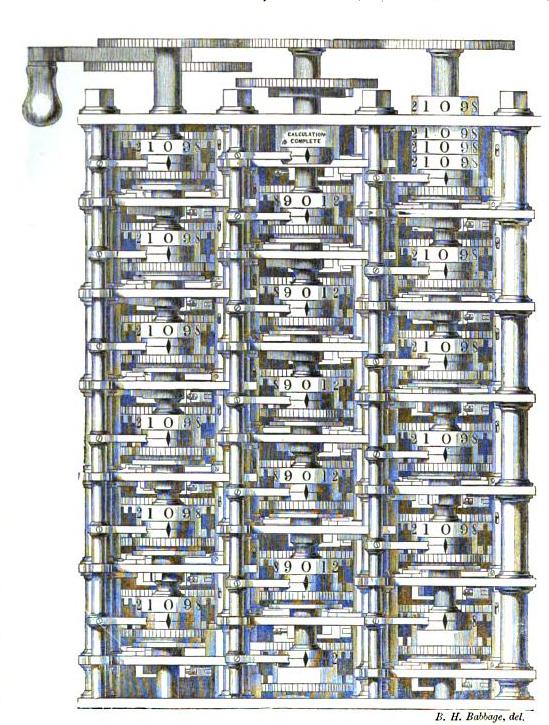During the Fall session of
Inventors Club we are exploring mechanical computing.
Most of the first mechanical computers were really mechanical counters so that is where we are starting. During the first two weeks of our Inventors Club, we are making a machine that can count marbles. We were inspired by our friends in the
Tinkering Studio at the Exploratorium who have been doing some very creative work with
marble machines. We took that same basic setup and applied a layer of historical context to create mechanical computers (more on that soon).
The challenge was to input data (a marble) into the upper left corner of the machine and collect the marbles in the lower right corner of the machine. For our older students we gave them the added challenge of "doing something interesting" once three marbles were entered into the machine. Many of our younger students also incorporated circuits into their machines as well.
Each team was given a set of materials(molding, dowels, PVC) to create the track for the marbles.
The older students had to build the pegboard structure from scratch before they could do anything else. We just gave them the materials and a blueprint.
It was good practice building from a sketch and also served as tool training.
Henry got creative and found other materials from the workshop to incorporate into the machine. At the end of the run the marble activates a motor, spinning a propeller.
Another team collected their marbles into a bucket. Once three marbles dropped into the bucket the bucket would sink and the other bucket would rise.
We were experimenting with a binary digital counter circuit.
We were quite pleased with how well it worked! It gave us some new ideas that we hope to play with soon.


















